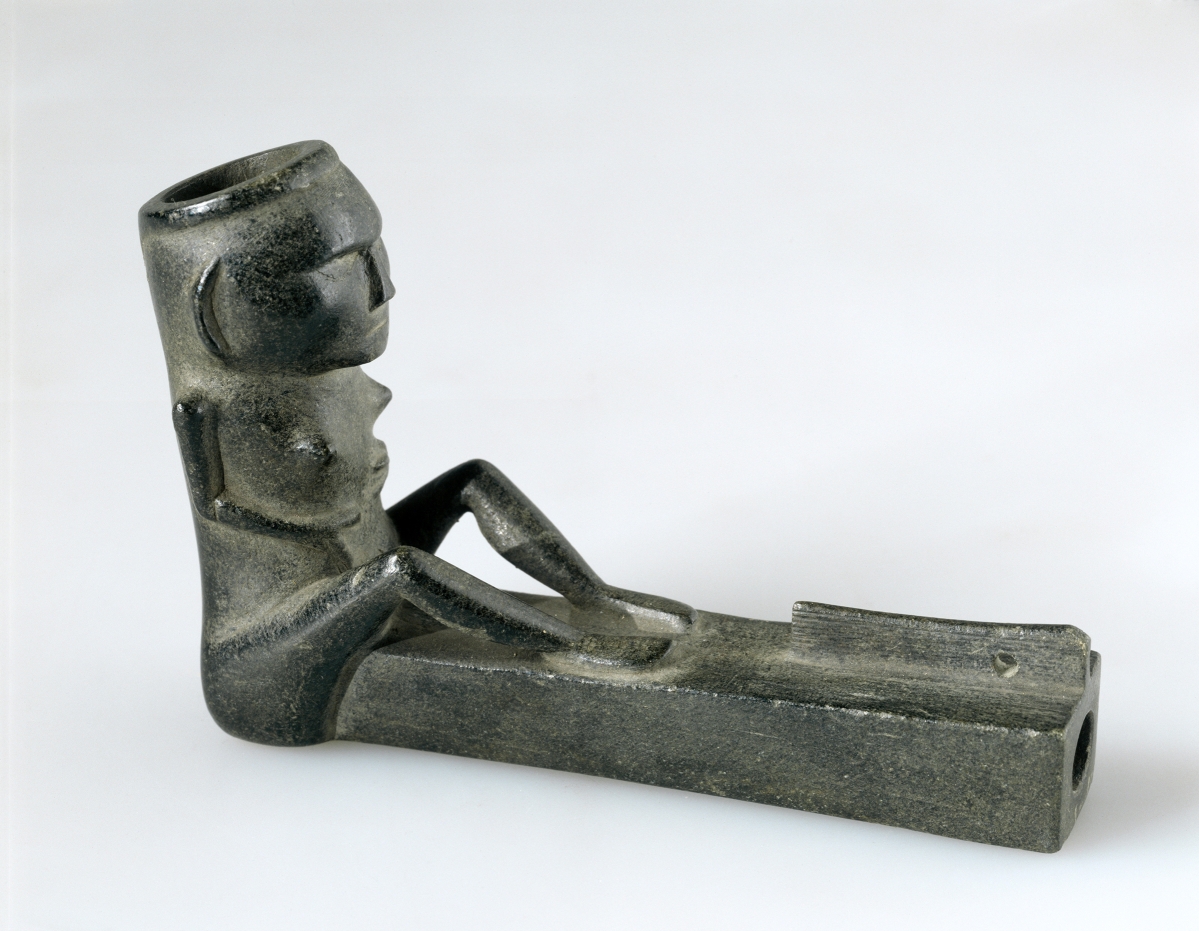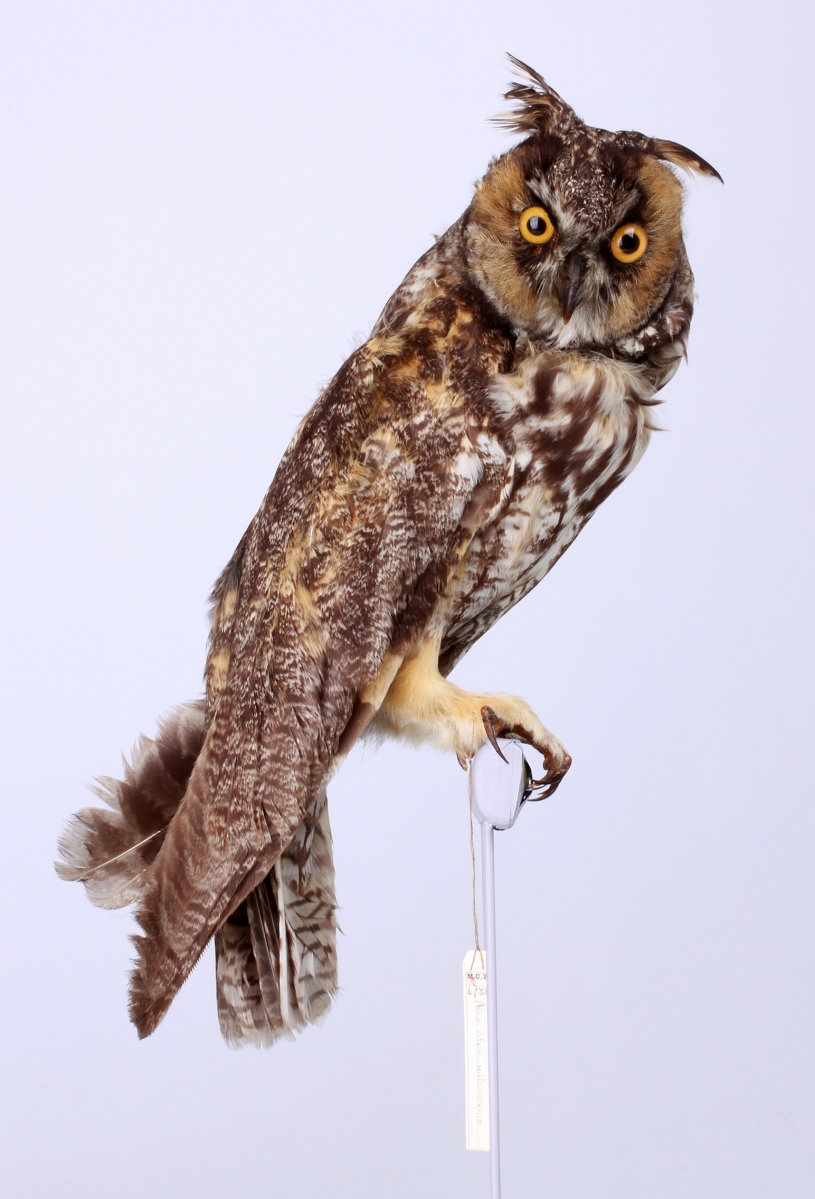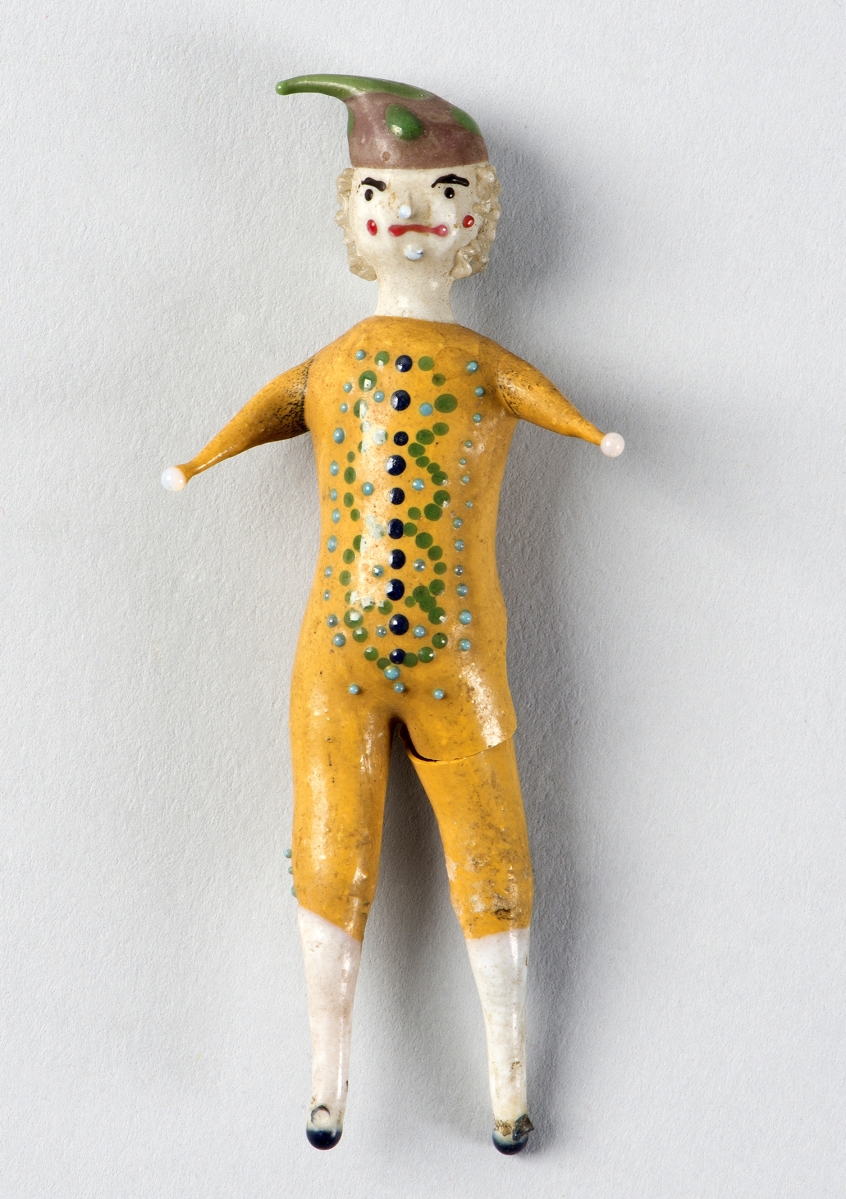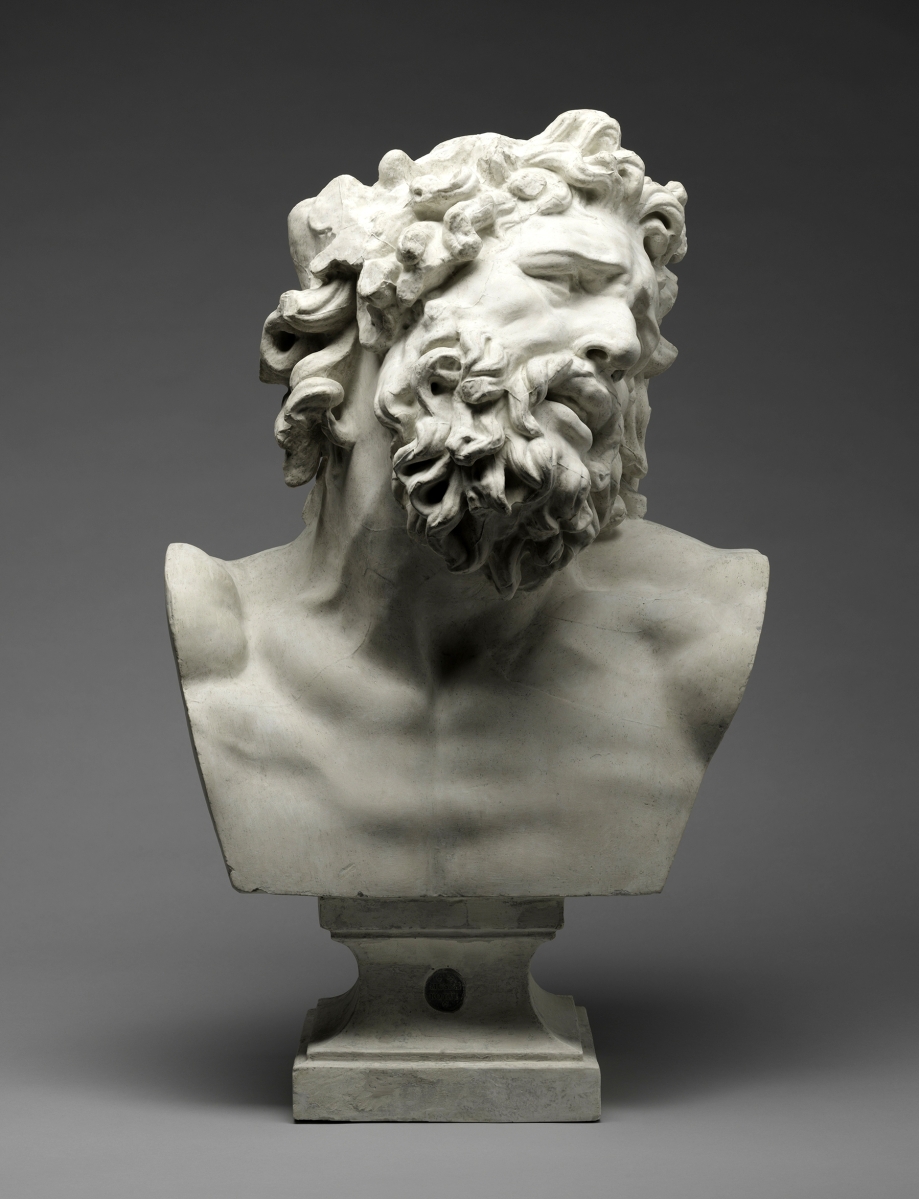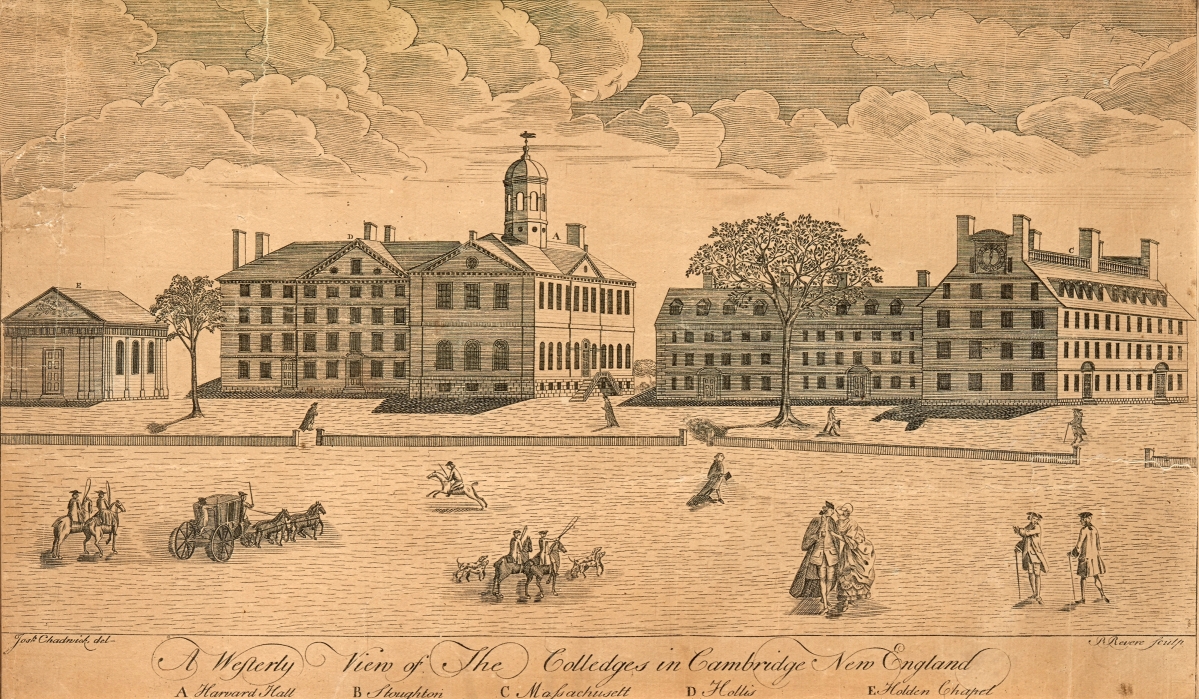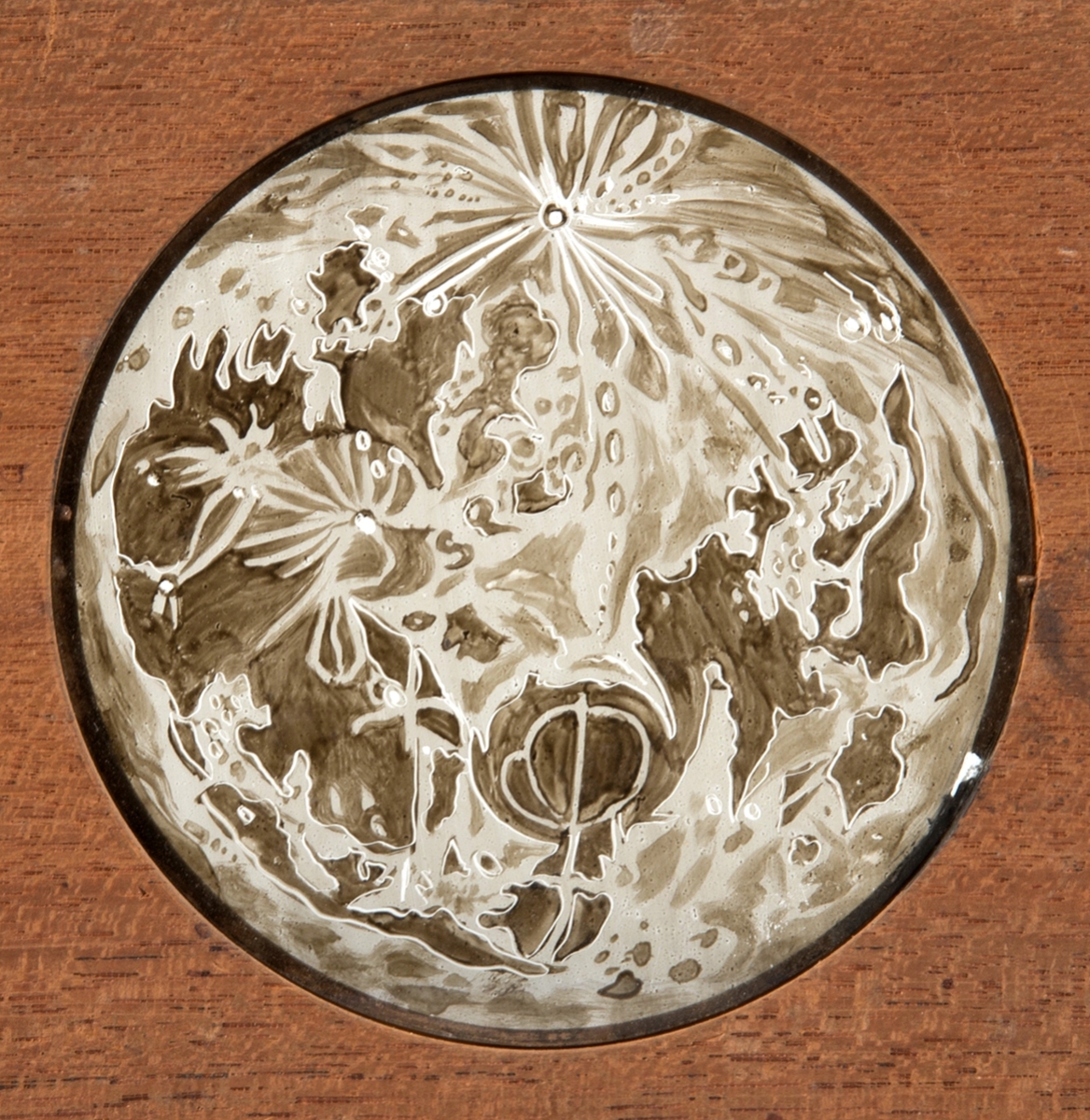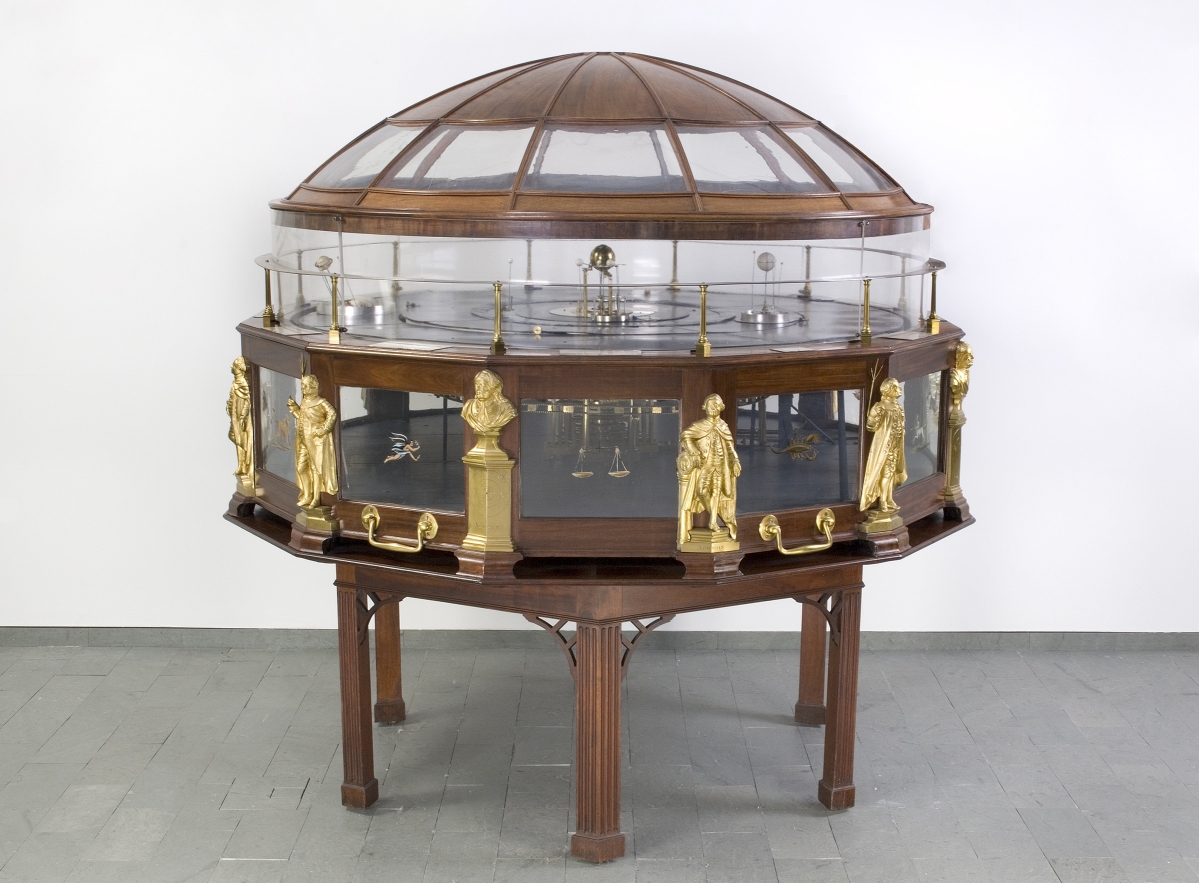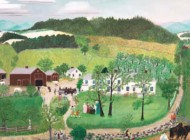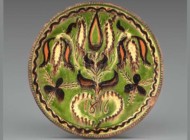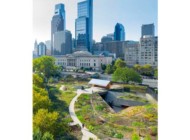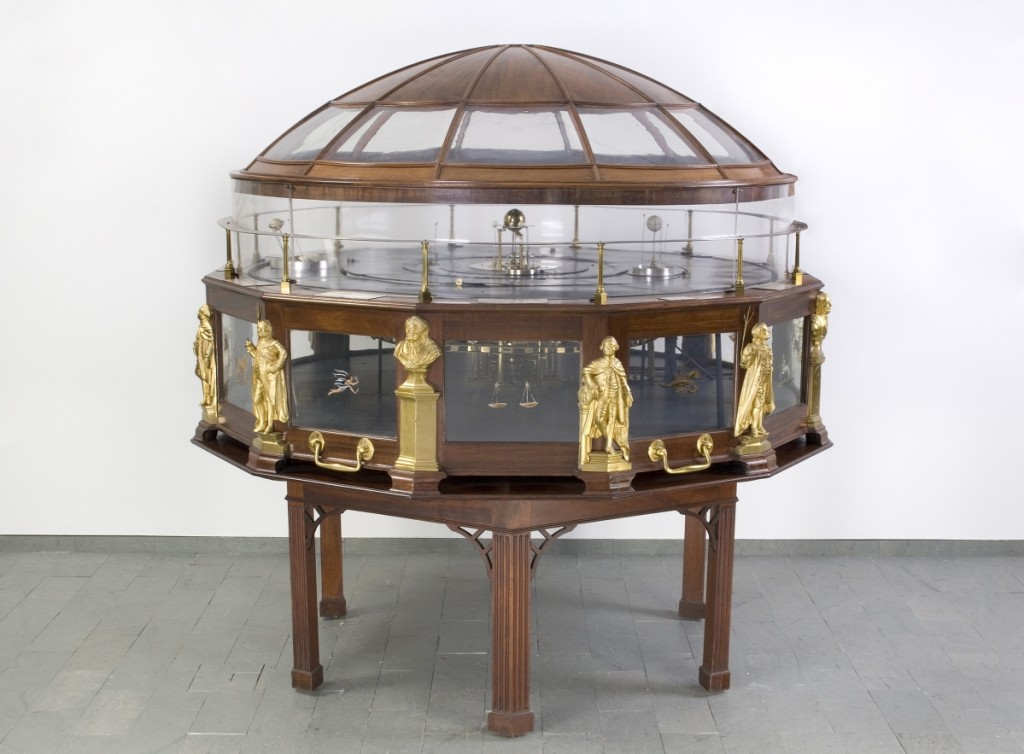
Joseph Pope, with the possible assistance of Simeon Skillin and Paul Revere, Grand Orrery, 1776–87; mahogany, brass, bronze, reverse-painted glass and ivory, with dome perhaps added later, in the early Nineteenth Century. Collection of Historical Scientific Instruments, Harvard University. Photo courtesy the Collection of Historical Scientific Instruments, ©President and Fellows of Harvard College.
CAMBRIDGE, MASS. – This spring, the Harvard Art Museums will present “The Philosophy Chamber: Art and Science in Harvard’s Teaching Cabinet, 1766-1820,” an exhibition that brings together many long-forgotten icons of American culture. It will present new findings on this unique space – equal parts laboratory, picture gallery and lecture hall – that stood at the center of artistic and intellectual life at Harvard and in New England for more than 50 years.
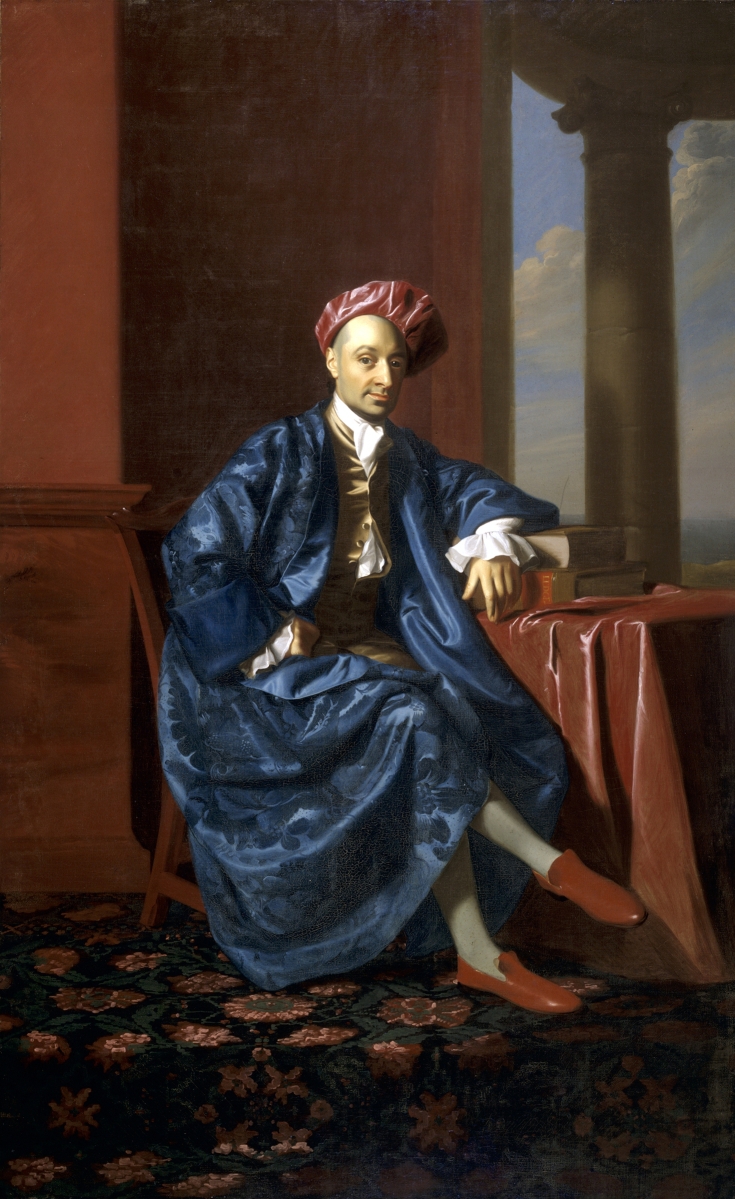
John Singleton Copley, “Nicholas Boylston,” 1773, oil on canvas. Harvard University Portrait Collection. —Harvard Art Museums photo, ©President and Fellows of Harvard College
The exhibition will be on view May 19-December 31 in the Special Exhibitions Gallery at the Harvard Art Museums.
Celebrated at the time as one of the grandest spaces in America, the original Philosophy Chamber and its adjacent rooms housed a striking collection of paintings, portraits and prints; mineral, plant and animal specimens; scientific instruments; indigenous American artifacts; and relics from the ancient world – all of which were used regularly for lectures, discussions and demonstrations. Highlights include: full-length portraits by John Singleton Copley, native Hawaiian feather work, carving by indigenous artists of the Northwest Coast, Stephen Sewall’s 1768 mural-sized copy of the Native American inscription on the famous Dighton Rock in southeastern Massachusetts and the elaborately ornamented grand orrery (a model of the solar system) created by Joseph Pope between 1776 and 1787. Many of the objects in the exhibition have not been shown publicly since the collection was dispersed almost 200 years ago.
The reassembled Philosophy Chamber invites visitors to examine the role that images and objects play in building, organizing and transmitting knowledge; and as a historical study, it deepens one’s understanding not only of Harvard’s past, but also the history of early American art and culture.
The exhibition presents more than 70 objects from the earliest days of Harvard’s collecting, shown together with a small group of objects with Eighteenth Century American provenances that closely match the description of original pieces in the collection that have been lost or destroyed, or that survive but are too fragile for display. In addition, the show includes period representations of other teaching cabinets to contextualize the material on display. The exhibition’s accompanying catalog expands on the research into the chamber’s collection, history and uses, presenting information on the approximately 200 objects that have been tracked thus far – just one-fifth of the original collection once housed in Harvard Hall.
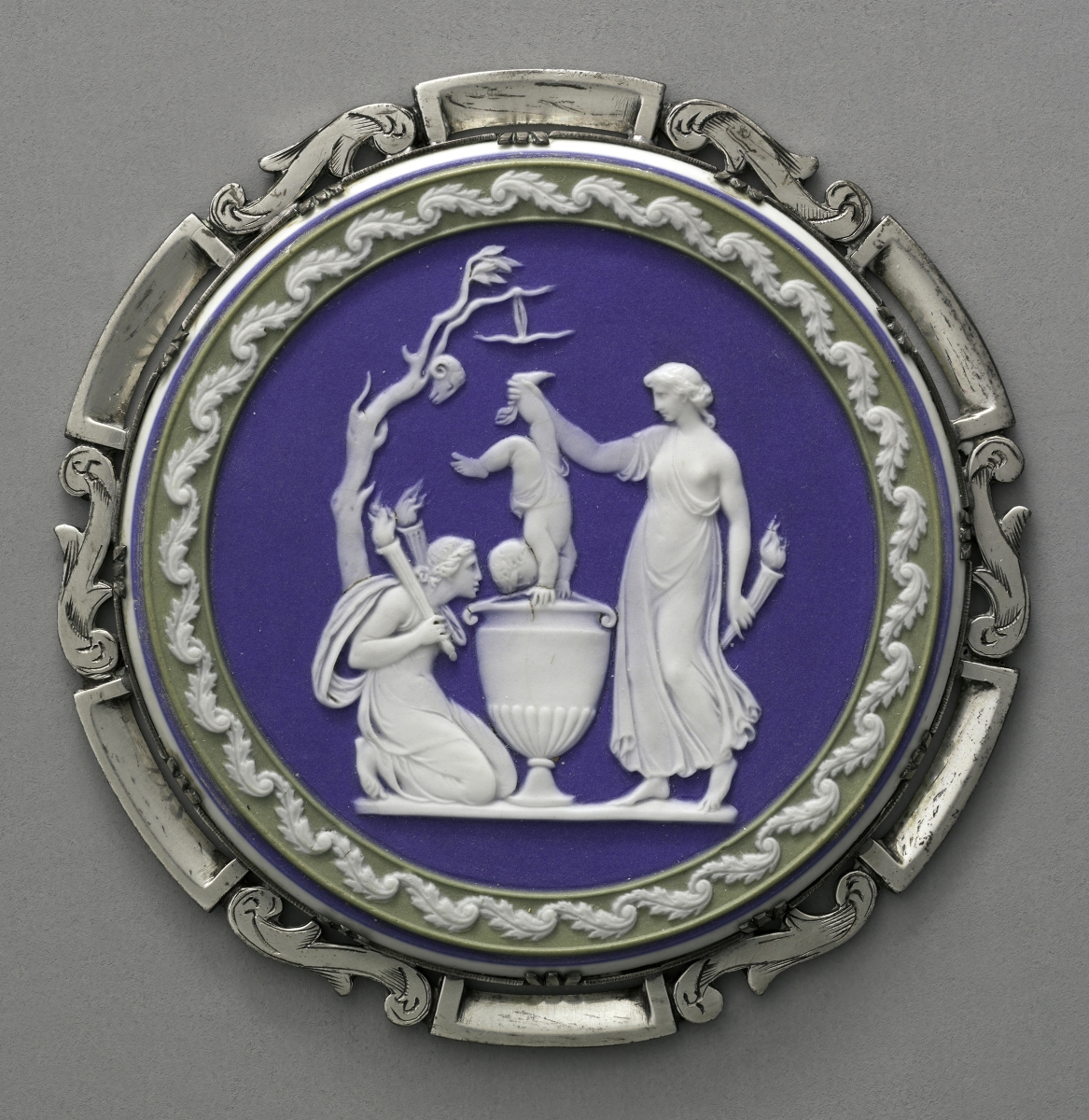
Wedgwood Pottery, “The Dipping of Achilles,” late Eighteenth Century, white jasperware body with blue glaze. Harvard Art Museums/Fogg Museum, bequest of Grenville L. Winthrop. —Harvard Art Museums photo, ©President and Fellows of Harvard College
The exhibition and catalog provide a 360-degree view of early American history through the examination of the artwork displayed in the Philosophy Chamber, the instruments and specimens handled by the students and faculty who met there, and the cultural artifacts dispatched to the college by foreign envoys and the nation’s first merchant explorers.
The project considers what the convergence of these objects in a New World college can tell us about the transfer of knowledge, burgeoning trade, the role of collections and New England’s emerging self-identity in the mid-Eighteenth-early Nineteenth Century. It travels to The Hunterian at the University of Glasgow, Scotland, March 23-June 24, 2018.
“Weaving together art and science, this exhibition considers one of the most vibrant spaces in early America and presents a veritable cross-section of the period’s art and material culture,” said Ethan W. Lasser, curator of the exhibition, and the Theodore E. Stebbins Jr curator of American art and head of the Division of European and American Art at the Harvard Art Museums. “The Philosophy Chamber opens a window into a forgotten piece of American history; the story of this room intersects with some of the most admirable – and the most challenging – aspects of Harvard’s past.”
The museums are at 32 Quincy Street. For further information, 617-495-9400 or www.harvardartmuseums.org.

